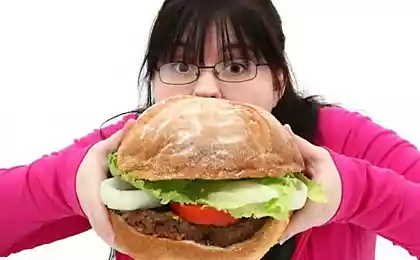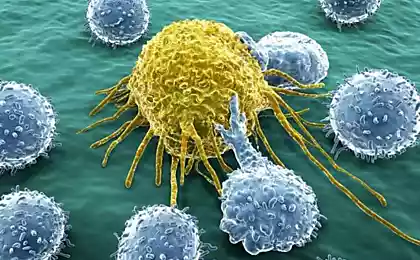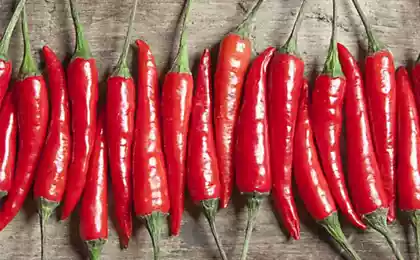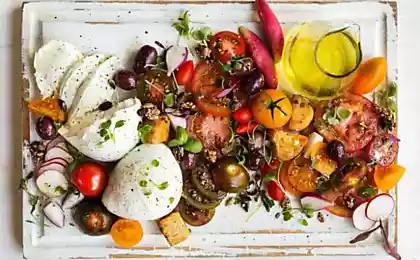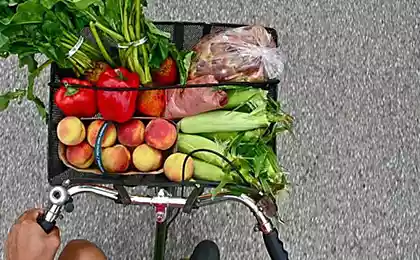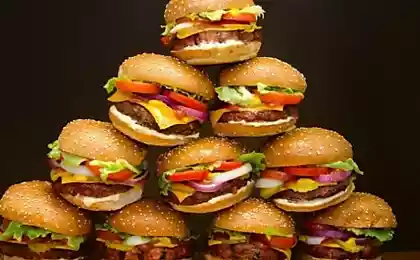824
Universal replacement food available?
Food - this activity, consuming a huge amount of time and effort. Moreover, our planet is now with great difficulty feeding seven billion people, and soon she will feed more
American programmer Rob Richard believes that the decision - he created the drink that replaces edu.Neobychnaya mixture called Soylent (soylent). It is a white powder, bred in the water, which is composed of carbohydrates, fats, proteins, amino acids, a great variety of trace elements and vitamins. All of these substances shall ensure optimal performance of the body, writes Business Insider.
Authors mixture Soylent feed exclusively for a few months and feel that is fine. Startups note that Soylent - a real drink of the future. It saves a huge amount of time that people usually spend on food preparation. Yes, and much easier to wash the dishes.
Also Soylent supposedly should improve health as well as food that leads to stabilization of the powder weight. Moreover, in contrast to natural products which often contain toxins, pathogens and parasites, Soylent absolutely safe. Finally, Soylent can defeat world hunger, feed the hungry state. His ubiquitous greatly reduce the burden on the environment, all the increases due to the intensification of agriculture and animal husbandry.
It remained for the small - people have to abandon the usual food in favor of a white powder. Finish Is this humanity voluntarily - the big question. At the moment, a month's supply of powder will cost $ 100, which is much less consumption of food during this period, at least in the case of the inhabitants of the developed countries.
However, nutritionists warn - reckless to assume that modern science known to all, without exception, our body needs in various substances. There is a risk that developers Soylent missed something important ...
Nevertheless, it seems that such a utilitarian approach to food is becoming the trend of the XXI century. Recently Vesti.Haytek already written about Anyang Kontrektore, which promotes the project food "printed" on the 3D-printer of nutrients, but not always appetizing ingredients.
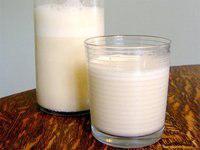
American programmer Rob Richard believes that the decision - he created the drink that replaces edu.Neobychnaya mixture called Soylent (soylent). It is a white powder, bred in the water, which is composed of carbohydrates, fats, proteins, amino acids, a great variety of trace elements and vitamins. All of these substances shall ensure optimal performance of the body, writes Business Insider.
Authors mixture Soylent feed exclusively for a few months and feel that is fine. Startups note that Soylent - a real drink of the future. It saves a huge amount of time that people usually spend on food preparation. Yes, and much easier to wash the dishes.
Also Soylent supposedly should improve health as well as food that leads to stabilization of the powder weight. Moreover, in contrast to natural products which often contain toxins, pathogens and parasites, Soylent absolutely safe. Finally, Soylent can defeat world hunger, feed the hungry state. His ubiquitous greatly reduce the burden on the environment, all the increases due to the intensification of agriculture and animal husbandry.
It remained for the small - people have to abandon the usual food in favor of a white powder. Finish Is this humanity voluntarily - the big question. At the moment, a month's supply of powder will cost $ 100, which is much less consumption of food during this period, at least in the case of the inhabitants of the developed countries.
However, nutritionists warn - reckless to assume that modern science known to all, without exception, our body needs in various substances. There is a risk that developers Soylent missed something important ...
Nevertheless, it seems that such a utilitarian approach to food is becoming the trend of the XXI century. Recently Vesti.Haytek already written about Anyang Kontrektore, which promotes the project food "printed" on the 3D-printer of nutrients, but not always appetizing ingredients.



